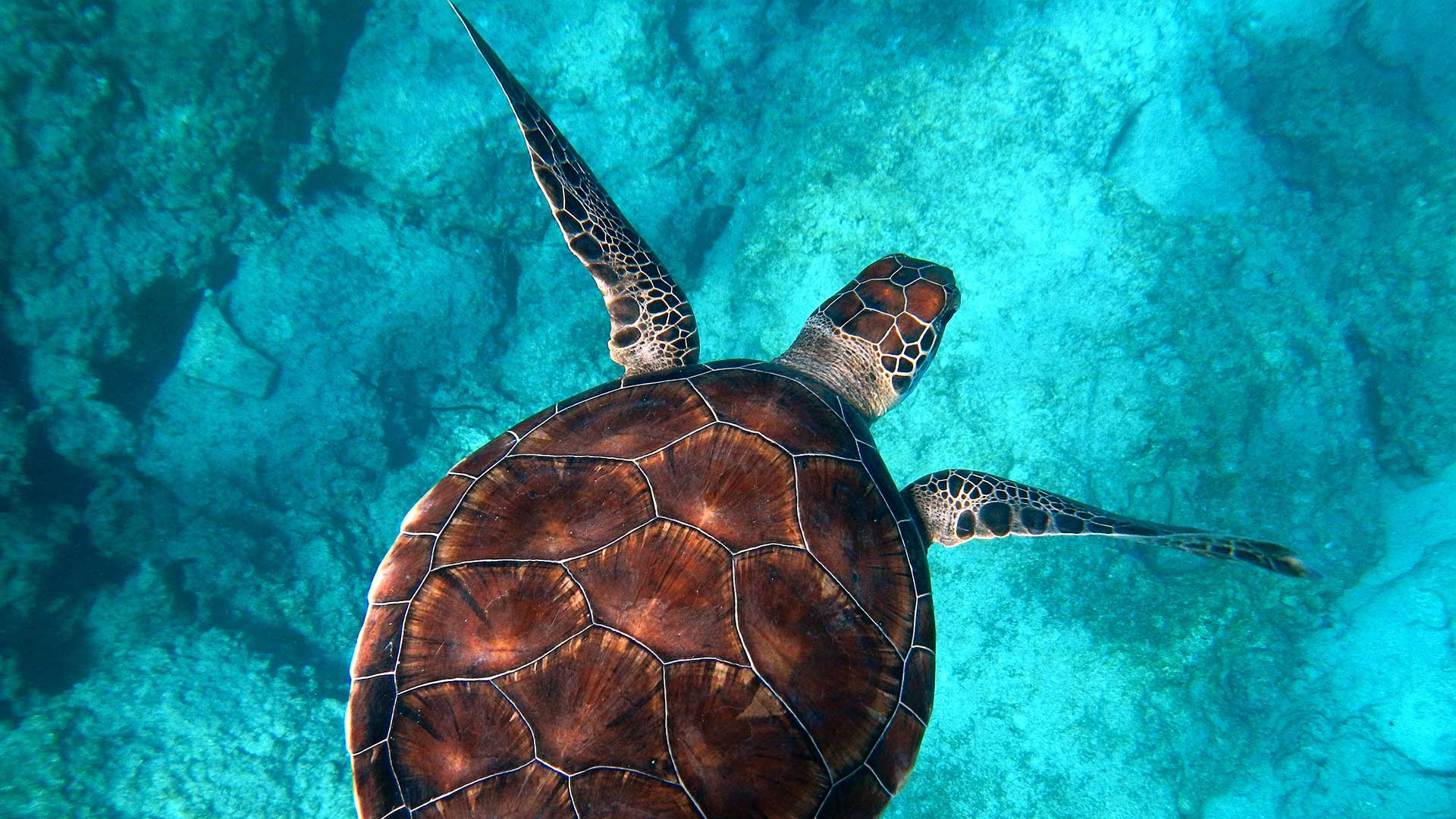Week #3: Giant Kelp, Macrocystis pyrifera

I am the single most important organism in kelp forest ecosystems. So important in fact, scientists named the entire ecosystem after me. I am uniquely adapted to thriving in nearshore rocky habitat that covers much of the benthos of San Diego county’s marine areas. Something that most people do not know about me is that I am not a plant but actually an algae. I differ from plants in many ways, but most noticeably I do not have roots. I have what is known as a holdfast, which I use as an anchor to secure themselves to the seafloor. As one of the fastest growing organisms on the planet, I have been recorded growing by as much as 2 feet a day and reaching sizes of 150 feet in a single growing season. As a primary producer, I provide nourishment for the entire southern California ecosystem and facilitate San Diego counties vast biodiversity.
Why should humans care about me?
Many of you have daily interactions with products derived from kelp without knowing. Alginates are chemical compounds taken from kelp and applied to common use products such as toothpaste, non-fat ice cream, medicine, cosmetics, pet food, textiles, and as a food additive. Without kelp to act as a natural buffer to wave energy, much of the coastal development in San Diego county would be eroded into the sea. Aside from its direct benefits as a product, kelp and kelp forests provide a number of passive or unseen benefits. Kelp forests act a nurseries, feeding areas and spawning areas for fish and invertebrates. They also fuel the fisheries, tourism and recreation industries. Without the kelp forest ecosystem San Diegans would incur massive costs in infrastructure development and supplemental fisheries programs. Healthy intact kelp forests are not just important, they are the crux of San Diego’s coastal and marine environment.
How can humans help conserve kelp forests?
Studies show that the most effective way for humans to positively impact kelp forests is to establish marine protected areas (MPAs). Limiting fishing in select areas leaves larger fish to suppress sea urchin populations. Sea urchins are the primary consumers of kelp and if left unchecked by the absence of predators, can deforest large swaths of kelp in a relatively short amount of time. Think twice about what you let wash out to the ocean as water quality also plays a role in kelp forest health.
If you would like to help in the conservation of my kelp forests there are ample volunteer opportunities with WILDCOAST during Tijuana River Action Month. You have the chance to join forces with WILDCOAST and the Tijuana River Action Network (TRAN) to perform large scale estuary cleanups that have a direct positive impact on water quality in San Diego county. The last cleanup is scheduled for tomorrow, Saturday, October 15th. Contact cory@wildcoast.net for more info on how to get involved.
Thanks for being a good neighbor!
Sincerely,
Giant Kelp, Macrocystis pyrifera
 Photo by Octavio Aburto
Photo by Octavio Aburto
 Photo by Octavio Aburto
Photo by Octavio Aburto
 Photo by Dana Roeber Murray
Photo by Dana Roeber Murray


You must be logged in to post a comment.